'''Tensor Products''' are used to describe systems consisting of multiple subsystems. Each subsystem is described by a vector in a vector space (Hilbert space). For example, let us have two systems and with their corresponding Hilbert spaces and . Thus, using the [[bra-ket notation]], the vectors and describe the states of system and with the state of the total system given by the tensor product .
The common way is to introduce tensor products for vector spaces and and their elements and . The tensor product of both vector spaces is the vector space of the overall system. If the dimensions of and are given by and , the dimension of is given by the product .
If the vectors form a base of and similar in , we get the base vectors of wih the tensor product . Using the [[bra-ket notation]], the abbreviation is quite common. The -fold tensor product of a vector space is denoted by . Each element of can be written as a linear combination
:.
The tensor product is linear in both factors. Contrary to the common multiplication it is not necessarily commutative as each factor corresponds to an element of different vector spaces.
If we have Hilbert spaces and instead of vector spaces, the inner product or scalar product of is given by
:.
More general we can write
:.
== Tensor products of operators ==
If we assume operators and acting on the Hilbert spaces and we can derive an operator acting on . This operator is defined by the tensor product and acts on the elements of as following:
:.
For linear operators and , is a linear operator, too. This property of the tensor product is valid for some more important operator properties, that are unitarity, positivity, normality, Hermiticity and the adjoint. Similar to the elements of the vector space of the overall system, every operator can be written as a linear combination
:.
If an operator is restricted to the subsystem we can write , with being the identity map on . Correspondingly the operator restricted to subsystem is .
== Examples ==
An example of the tensor product of two vectors and is
:.
By rearranging this result we get the dyadic product of two vectors , or
:
Correspondingly, the tensor product of matrices and is given by the matrix
:,
with the entries
:.
[[Category:Linear Algebra]]
[[Category:Handbook of Quantum Information]]
